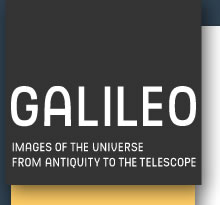


The ancient Mesopotamians began to engage in the study of astronomical science towards the end of the 4th millennium B.C. but the first written texts that have come down to us from the Babylonians, and subsequently from the Assyrians, date back to the 2nd millennium. The first Babylonian cosmologies were, in all likelihood, inspired by the oldest theories on the formation of the universe. The most famous of these, the Poem of Creation (Enuma elish), depicts the heavenly vault as one half of the body of the goddess Tiamat, who was defeated by Marduk in a cosmic struggle. Because the heavens were considered sacred, the interpretation of celestial phenomena enabled priests to predict natural and political events, making it incumbent on rulers to act in accordance with their forecasts, and contributed to build up a rich library of astral symbols, signs and images representing and safeguarding the traditions of the origin of the universe and the universal value of royalty.
In the beginning there was Nun, a "non-being" described as liquid chaos, imbued with the potential for life but not yet alive. Then Nun generated, imparting life to Atum, the "complete being", Lord of the Universe. Atum revealed himself as Ra, the Sun: a radiant dawn that filled space with the light of life.
Atum generated the first pair of gods, Shu (air or light, male) and Tefnut (moisture, female). The first couple begat Geb, the Earth god, and Nut, the sky goddess, and they in turn begat four children: Osiris, Isis, Seth and Nephthys. Horus, a heavenly divinity portrayed with the features of a falcon, was the tenth god, the son of Osiris and his heir to the kingdom on Earth.